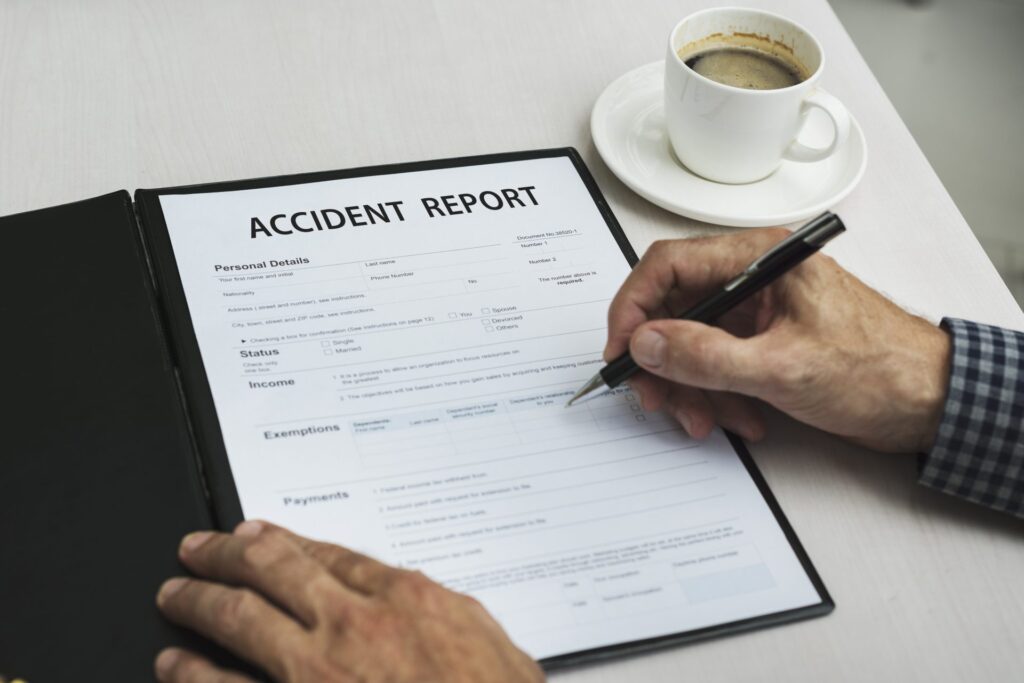What are the Responsibilities of a Subcontractor?
Subcontractors who work in the state of New York are expected to uphold a duty of responsibility for the safety of their employees, the safety of the work site, and the safety of operations surrounding the area. Failure to adhere to enforced safety protocols can lead to accidents that may make the subcontractor liable for injuries or damages.
When is a Contractor Liable for Subcontractor Negligence?
General contractors ensure that state safety regulations are enforced. They are typically held responsible for accidents that occur on the worksite. However, liability can only be established if the contractor has control over the work being performed and is aware of unsafe conditions prior to an accident.
Four important questions are asked to determine if a business is considered the legal contractor on a job site:
- Did the business employ the help of subcontractors?
- Did the business oversee the work?
- Was the business able to control the work on-site?
- Was the business able to insist on work safety measures and remove workers violating safety protocols?
General contractors might have contracts in place with subcontractors that would indemnify them for a subcontractor’s negligence.
General contractors can be held liable for accidents under the following circumstances:
- Failure to comply with safety standards established by the Occupational Safety and Health Administration or New York’s labor laws
- Inadequate supervision, safety provisions, and accommodation
- Contractual obligations stating that the contractor assumes responsibility for site safety
Scaffold Law
Under New York’s Scaffold Law, property owners, general contractors, and construction companies can be held liable for all gravity-related accidents occurring at the construction site, such as falling from a significant height or being struck by an object falling from a height.
To file a successful claim under the Scaffold Law, injured parties need to establish:
- Injury in a gravity-related accident
- Engagement in an activity that is covered under the law
When is a Property Owner Liable for Subcontractor Negligence?
The State of New York also recognizes that property owners hold a certain level of responsibility for construction site accidents and should provide a reasonably safe environment for workers and guests. This obligation includes maintenance of the premises, compliance with safety regulations, and addressing all known hazards.
As previously stated, the Scaffold Law also applies to property owners and holds them responsible for injuries resulting from gravity-related accidents. This law demands that owners ensure all workers on a job site have safe fall protection and safe structures.
When are Third Parties Liable for Subcontractor Negligence?
Manufacturers, architects and engineers, and site managers or safety inspectors may also be responsible for negligent subcontractors. This fault may be due to faulty design or equipment or inadequate safety inspections. It is typically more difficult to prove fault with third-party consultants.
When is a Subcontractor Liable for Negligence?
When a subcontractor fails to adhere to safety protocols and an accident results as a result, then the subcontractor can be found responsible. To determine if fault lies with a subcontractor, several factors will be considered, including their specific responsibilities, safety measures, and adherence to industry standards. In short, subcontractors are liable when they create hazardous working conditions and fail to follow safety regulations.
How is Liability Determined?
Liability is determined through the legal theory of negligence and relies on establishing four basic elements:
- Duty of care: A duty of reasonable expectation of safety was owed by the defendant. This duty may be based on contractual obligations or societal norms.
- Breach of duty: A specific action violated this expectation of safety. This action may include non-compliance with safety regulations or failing to address known hazards.
- Causation: The breach of duty is directly responsible for the accident, injuries, or damage that is being sued for.
- Damages: The accident resulted in loss to the grieved party, such as physical injury, medical expenses, lost wages, and more
Absolute Liability
Absolute liability, or strict liability, only applies to claims that fall under the Scaffold Law. Under these claims, the property owner, general contractor, and possibly other parties will hold absolute liability for an accident. They will be held responsible for damages regardless of whether they were actively negligent or if the plaintiff was partially at fault.
Vicarious Liability
Vicarious liability holds other parties responsible for the actions of another party, regardless of involvement in an accident. This concept allows an individual to file a claim against project managers and owners, even if a subcontractor caused the accident. Vicarious liability accounts for the greater oversight of these individuals or entities and holds them accountable for their control over a project.
Comparative Liability
The role of comparative liability is to determine recovered damages based on the level of fault. If an injured party acted in a manner that contributed to the accident, then they may be held partially liable. Recovered damages will be reduced by the percentage of fault of the plaintiff. So, for example, if a plaintiff is found to be 40% responsible for an accident, then they will only receive 60% of the damages awarded.
What is the Statute of Limitations to File a Claim?
To file a claim for an injury resulting from an accident, the State of New York allows three years from the date of the accident for most cases. One of several exceptions to this time frame is injury resulting from a governmental entity. In this case, the injured party must file within one year and 90 days from the date of the accident.
Do I Need an Attorney?
If you have been injured due to negligence on a job site, you may be entitled to compensation. To understand your rights, call The Rizzuto Law Firm today at 516-604-5496 or fill out a contact form for a free consultation.









